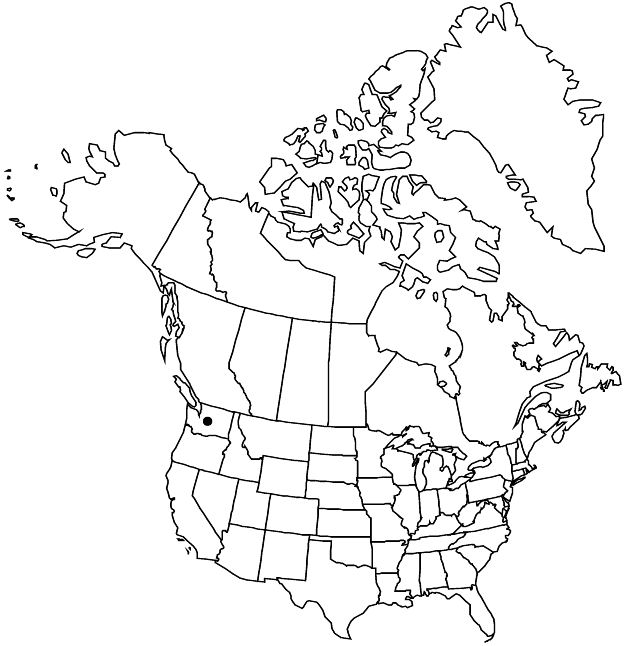Cotoneaster transens
Wiss. Z. Friedrich-Schiller-Univ. Jena, Math.-Naturwiss. Reihe 17(3): 337, fig. 4. 1968.
Shrubs or trees, 4–6 m. Stems loosely erect, spreading, stiff; branches spiraled, maroon, minutely verrucose, initially pilose-strigose. Leaves deciduous; petiole 4–6 mm, densely pilose-strigose; blade on sterile shoots elliptic, (35–)50–80(–103) x (13–)17–37(–42) mm, chartaceous, margins flat, base cuneate, veins 6–10, superficial or lightly sunken, apex acute or obtuse, abaxial surfaces color not recorded, villose-strigose, adaxial brownish green, soon green, dull, coating not recorded, flat between lateral veins, glabrate; fall leaves yellow. Inflorescences on fertile shoots 40–50 mm with 2–4 leaves, 10–25-flowered, lax. Pedicels 3–5 mm, densely pilose-strigose. Flowers 10–12 mm diam.; buds white; hypanthium cupulate, villose-strigose; sepals: margins villous, apex acute, surfaces sparsely villous; petals spreading, white, with large hair tuft; stamens (16–)20, filaments white, anthers black, styles 1 or 2. Pomes maroon to purple-black, obovoid to elliptic-obovoid, 9–12 × 9–10 mm, slightly shiny, glaucous, sometimes sparsely villous; sepals flat, margins glabrous, sparsely villous; navel slightly open; style remnants 9/10 from base. Pyrenes 1 or 2.
Phenology: Flowering Jun; fruiting Oct–Nov.
Habitat: Thickets
Elevation: 0–50 m
Distribution

Introduced; Wash., Asia (China), introduced also in Europe.
Discussion
L. Lingdi and A. R. Brach (2003) synonymized Cotoneaster transens with C. glaucophyllus Franchet (as C. glaucophyllus var. glaucophyllus). Cotoneaster transens is a deciduous species with purple-black pomes and is not closely related to C. glaucophyllus, an evergreen species with smaller leaves, smaller red pomes, and smaller flowers, among other differences.
Selected References
None.